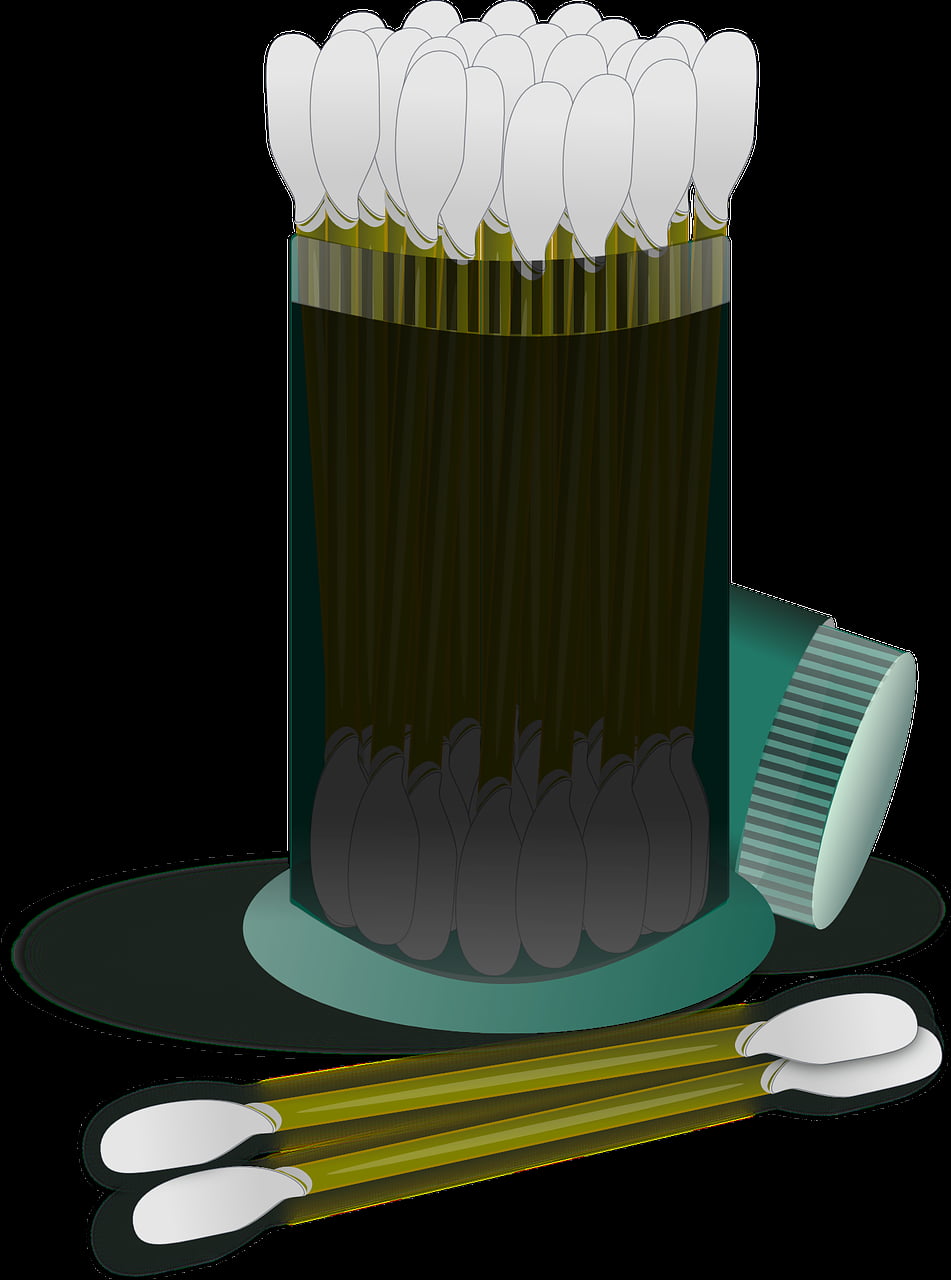
Ear wax, also known as cerumen, is a natural substance produced by our ear canals. It plays a vital role in maintaining the health and functionality of our ears. While often disregarded and underestimated, understanding the origins and characteristics of ear wax is crucial to ensure proper ear care. In this article, we will delve into the fascinating world of ear wax, exploring its functions, types, and ways to manage it effectively.
Ear wax might seem like an inconvenience, but in reality, it serves several essential functions. These functions include:
Ear wax forms a sticky layer that traps particles and prevents them from reaching the delicate structures within the ear. This protective function is crucial in maintaining the overall health of the ears and preventing infections.
The ear canal has a delicate lining that requires moisture to remain healthy. Ear wax helps to retain this moisture, preventing the skin from becoming dry and irritated. It also helps to reduce the risk of inflammation and discomfort.
The movement of the jaw during talking, chewing, and other jaw movements helps to push the ear wax towards the outer part of the ear. Along with the jaw movements, the natural migration of the ear wax helps to carry away any debris or dead skin cells that may have accumulated in the ear canal. This self-cleaning process plays a crucial role in maintaining the cleanliness of the ears.
Ear wax can vary in colour, texture, and consistency, which can be attributed to genetic factors and ethnic backgrounds. There are two main types of ear wax:
Dry ear wax, also known as flaky ear wax, is more common among individuals of East Asian descent due to genetic factors. It has a lighter colour and a drier texture, making it easier to remove from the ear canal. This type of ear wax is less likely to cause blockages or impactions.
Wet ear wax, is more prevalent among individuals of African, European, and Native American descent. It has a darker colour and a stickier texture, making it more prone to causing blockages and impactions. People with wet ear wax may need to take extra precautions to ensure proper ear hygiene.
The production and accumulation of ear wax can be influenced by various factors, such as:
Genetics play a crucial role in determining the characteristics of ear wax. Some individuals are genetically predisposed to produce more ear wax, while others may produce less. Knowing your genetic predisposition can help you understand your ear wax production and take appropriate measures to manage it effectively.
As we age, the glands responsible for producing ear wax may become less active, resulting in drier ear wax. This drier wax is more likely to accumulate and cause blockages if not properly managed. Older individuals should be mindful of this and adjust their ear care routines to prevent any potential issues.
While it may seem counterintuitive, excessive cleaning of the ears can disrupt the natural balance of ear wax production. Aggressive cleaning or the use of cotton swabs can irritate the ear canal, leading to an overproduction of ear wax as a protective response.
While ear wax is necessary for ear health, excessive buildup or impaction can cause discomfort and hearing problems. Here are some ways to safely manage and remove ear wax:
Understanding the origins and characteristics of ear wax is essential for maintaining optimal ear health. Despite its negative perception, ear wax serves vital functions, including protection, moisturisation, and cleaning. By knowing your genetic predisposition, practicing proper ear cleaning techniques, and seeking professional help when needed, you can ensure the well-being of your ears. Remember, a balanced approach to ear wax management is key to a healthy auditory system.
1. What are the functions of ear wax?
Ear wax serves several essential functions, including protection, moisturisation, and cleaning. It acts as a barrier to prevent dust, dirt, and bacteria from entering the ear canal. It also lubricates the ear canal to prevent dryness and itchiness, and helps carry away dead skin cells and debris to maintain ear hygiene.
2. What are the types of ear wax?
There are two main types of ear wax: dry ear wax (flaky) and wet ear wax (sticky).
3. What factors influence ear wax buildup?
Various factors can influence ear wax buildup, including genetics, age, ear canal shape and size, and excessive ear cleaning. Your genetic makeup determines the type and amount of ear wax your body produces. As you age, ear wax production tends to decrease, leading to drier wax. Narrow or curved ear canals are more prone to trapping wax. Excessive cleaning of the ears can stimulate the glands to produce more wax.
4. How can ear wax be managed and removed?
To safely manage and remove ear wax, it is important to follow proper ear cleaning techniques, avoiding sharp objects like cotton swabs. Over-the-counter ear drops can be used to soften the wax. Ear irrigation, performed by a trained professional, involves flushing the ear canal with warm water. If experiencing symptoms or persistent blockage, it is advisable to seek medical assistance for professional ear wax removal.
On many occasions after providing a full hearing assessment I get asked the question “can…
Microsuction is a safe and effective method for removing earwax and debris from the ear…
Ear wax, also known as cerumen, is a substance that is naturally produced by our…
Ear wax, or cerumen, is a natural substance produced by the ear canal to protect…
Cleaning our ears is an important part of our personal hygiene routine. It not only…
Earwax, also known as cerumen, is a natural substance produced by the ear canal to…
This website uses cookies.